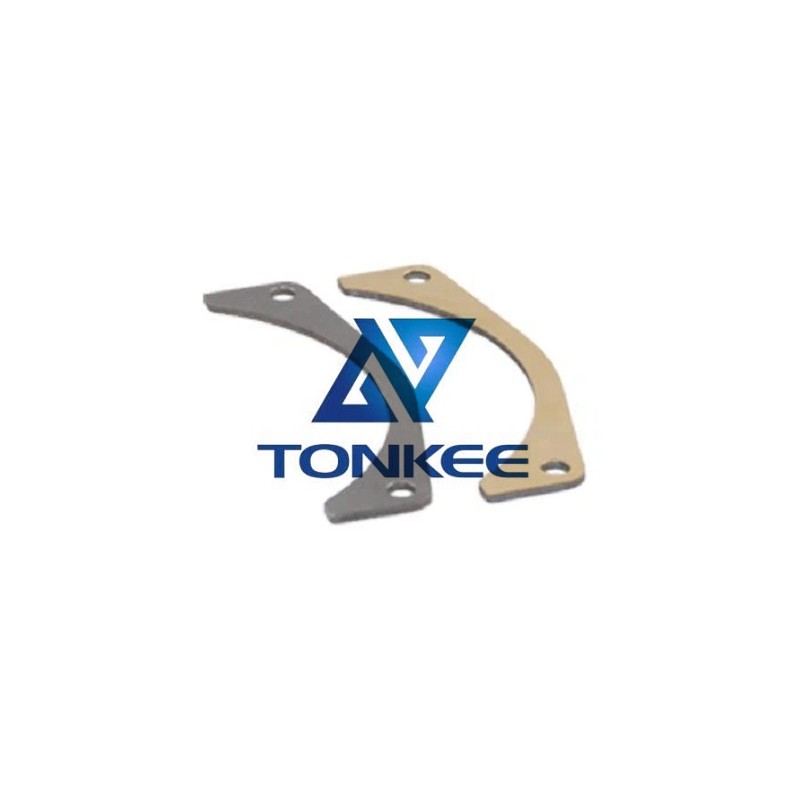
Cylinder Block: The cylinder block is a crucial component of the pump that houses the pistons.
It should be made of durable materials, such as high-strength cast iron or steel, to withstand high pressure and ensure longevity.
Pistons and Shoes: The pistons and shoes are responsible for generating hydraulic pressure. They should be made of high-quality materials, such as hardened steel or ceramic, to withstand the demanding conditions. Proper surface finish and precision dimensions are necessary to maintain optimal performance.
Valve Plate: The valve plate controls the flow of hydraulic fluid within the pump. It directs the fluid to the appropriate pistons and ensures efficient operation. The valve plate should be made of corrosion-resistant materials, such as stainless steel, to ensure long-lasting performance.
Swash Plate: The swash plate converts the rotational motion of the drive shaft into reciprocating motion for the pistons. It is important to have a sturdy swash plate made of high-strength materials to endure continuous stress and minimize wear.
Bearings: The bearings provide smooth rotation for various moving parts in the pump. They should be of high quality, such as ball bearings or roller bearings, to reduce friction and ensure reliable operation. Proper lubrication and sealing are also essential for their longevity.
Shaft Seal: The shaft seal prevents leakage of hydraulic fluid from the pump. It should be made of high-quality materials and designed to withstand high pressures and temperatures. Different types of seals, such as lip seals or mechanical seals, may be used depending on the specific requirements.
Housing: The housing encloses and protects the internal components of the pump. It should be robust and resistant to external impacts and corrosion. Materials like cast iron or aluminum alloy are commonly used for the housing due to their strength and durability.
O-rings and Seals: O-rings and seals provide reliable sealing between different pump components, preventing leakage of hydraulic fluid. They should be made of high-quality elastomers capable of withstanding the operating conditions, such as high pressure and temperature variations.
Control Mechanism: The control mechanism regulates the pump's output and adjusts the hydraulic flow as per the system requirements.
It should be precise, reliable, and easily adjustable to ensure optimal performance. The control mechanism may include components like control pistons, springs, and valves.
Fasteners: Fasteners, such as bolts and screws, are crucial for securely assembling the pump components. They should be made of high-grade materials to ensure strength and prevent loosening or failure during operation.




